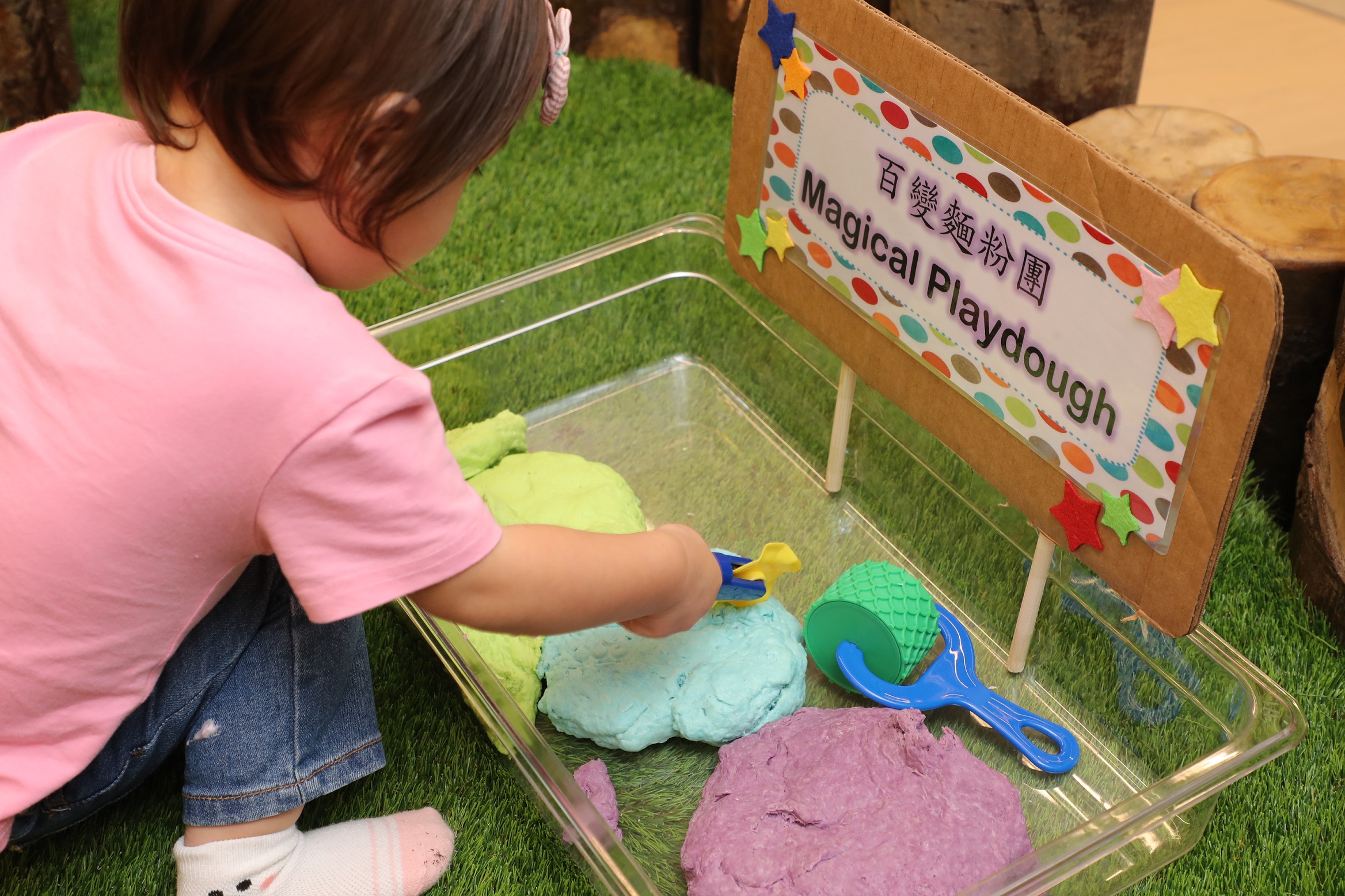

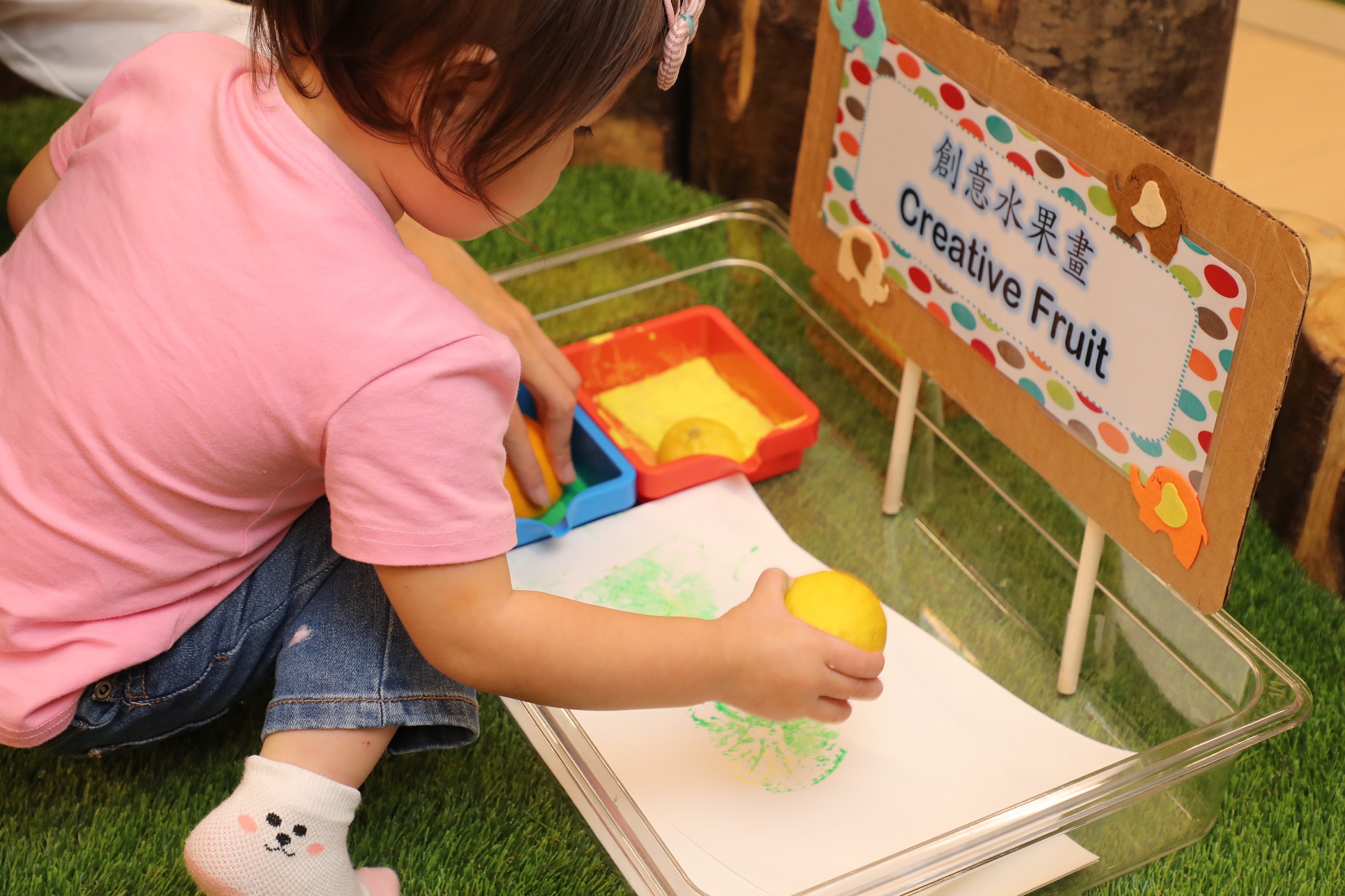
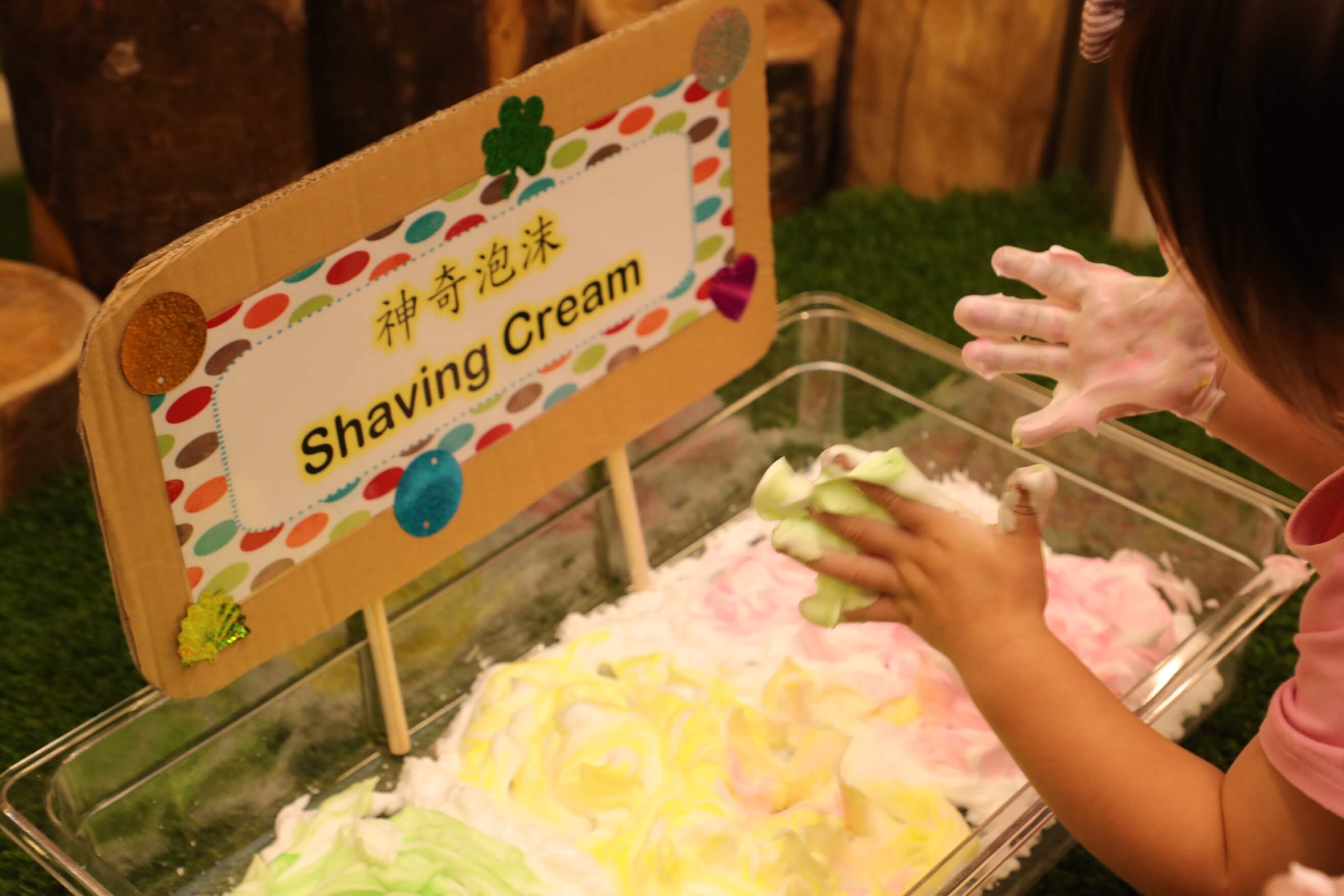
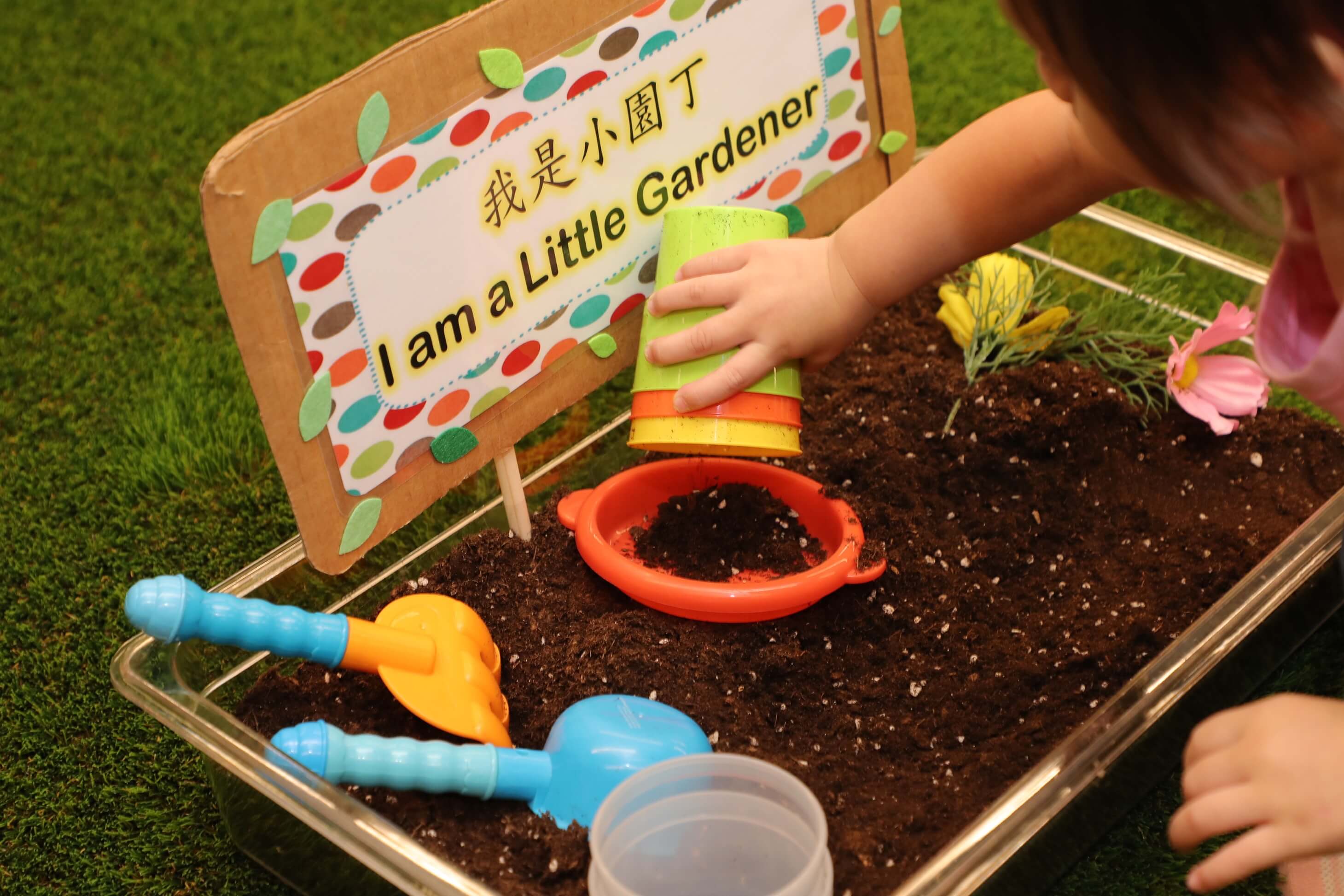
“Messy Play” is important for all children as it helps develop their language, cognitive, social, emotional, creative and motor skills. It’s an engaging way for children to freely explore and learn about the world around them and also a great way for parents to build intimacy with their children through shared experiences. Messy play encourages children to develop their senses through touching, smelling, maybe even tasting! You don’t need to make anything – it’s all about having fun in the process of learning.
Victoria Playpark would like to invite you to join our “Messy Play Challenge – Let the Discovery Begin!” to help spread the word and raise awareness of the benefits of messy play. What are you waiting for? Come and join the Messy Play Challenge.
How to participate:
- Like Victoria Playpark Facebook page.
- Take a photo or video of you and your child engaged in messy play together.
- Be creative with your messy play materials: spaghetti, shaving cream, paints, slime, homemade rubbery goop, sand, foam, you name it!
- Share your photo or video to help spread the word.
Suggested post:
- Hashtags (#VictoriaPlaypark, #Messyplaychallenge) and you can share what attributes you hope your child gains from messy playing (e.g. #creative, #risktaker)
- A statement of acceptance (“I accept the Victoria Playpark Messy Play Challenge – Let the discovery begin!”)
- Invite your friends to join. “Join the Victoria Playpark Messy Play Challenge to raise awareness of the benefits of messy play!”
Give it a try and see how creative you and your child can be.

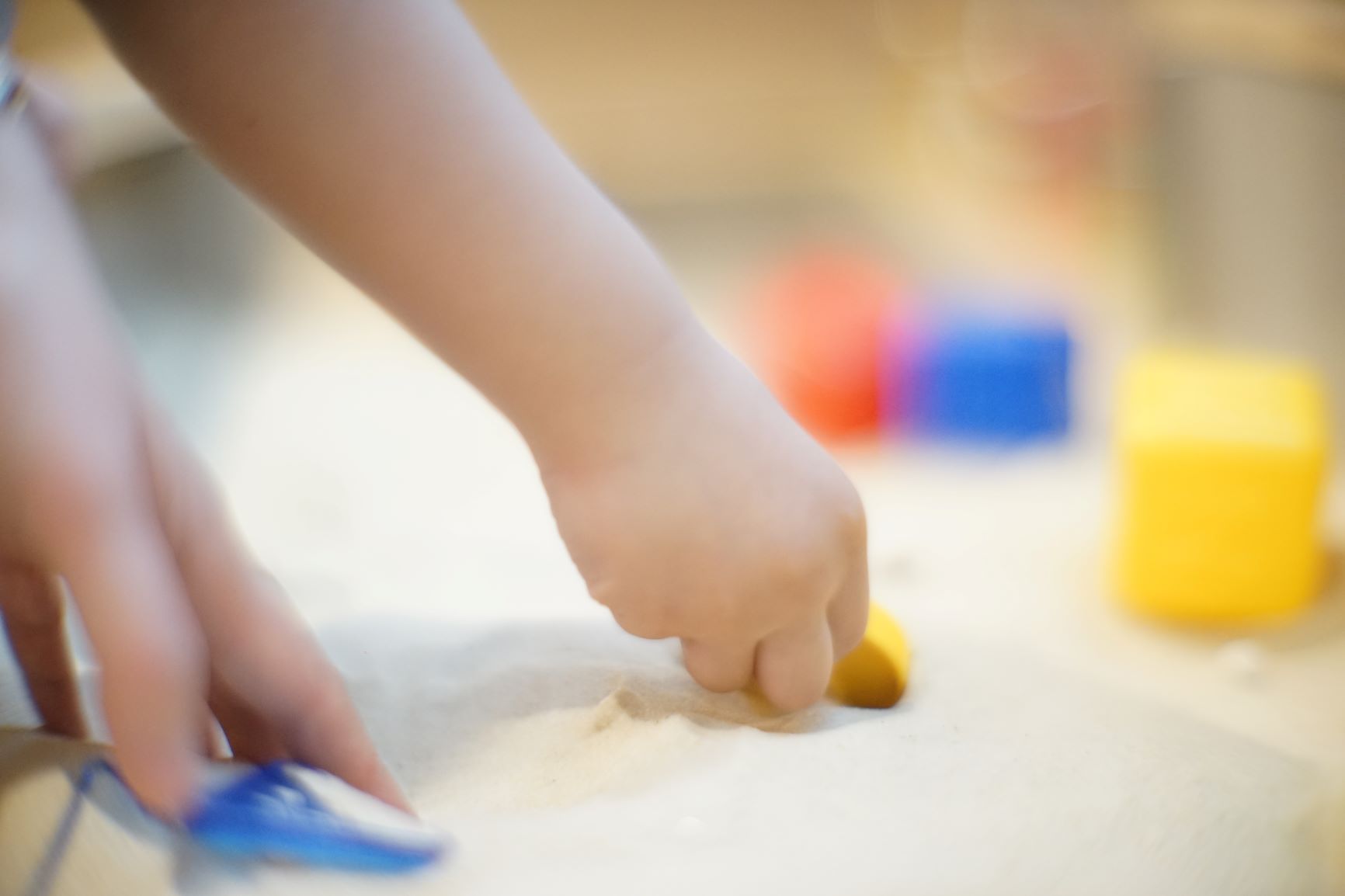
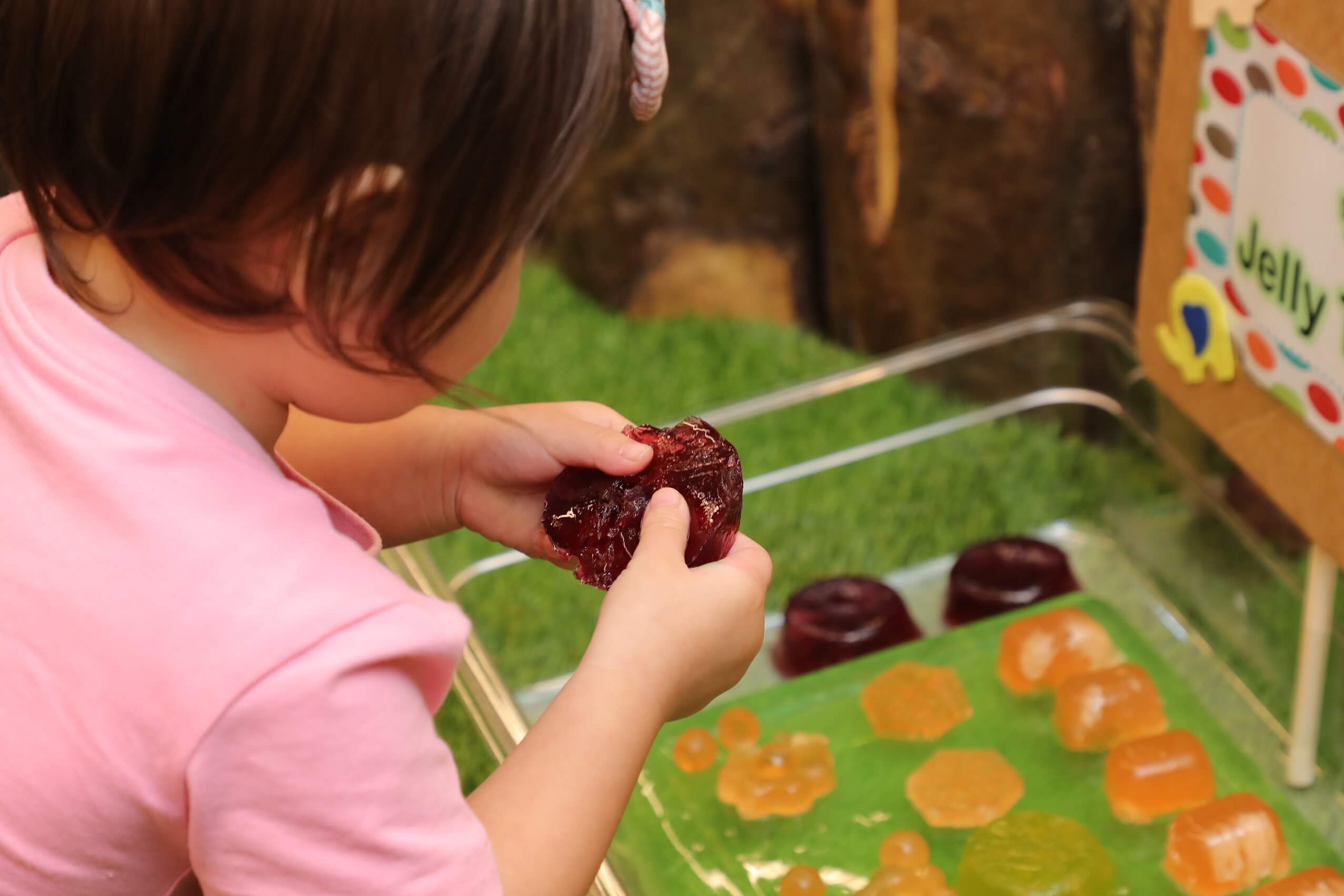
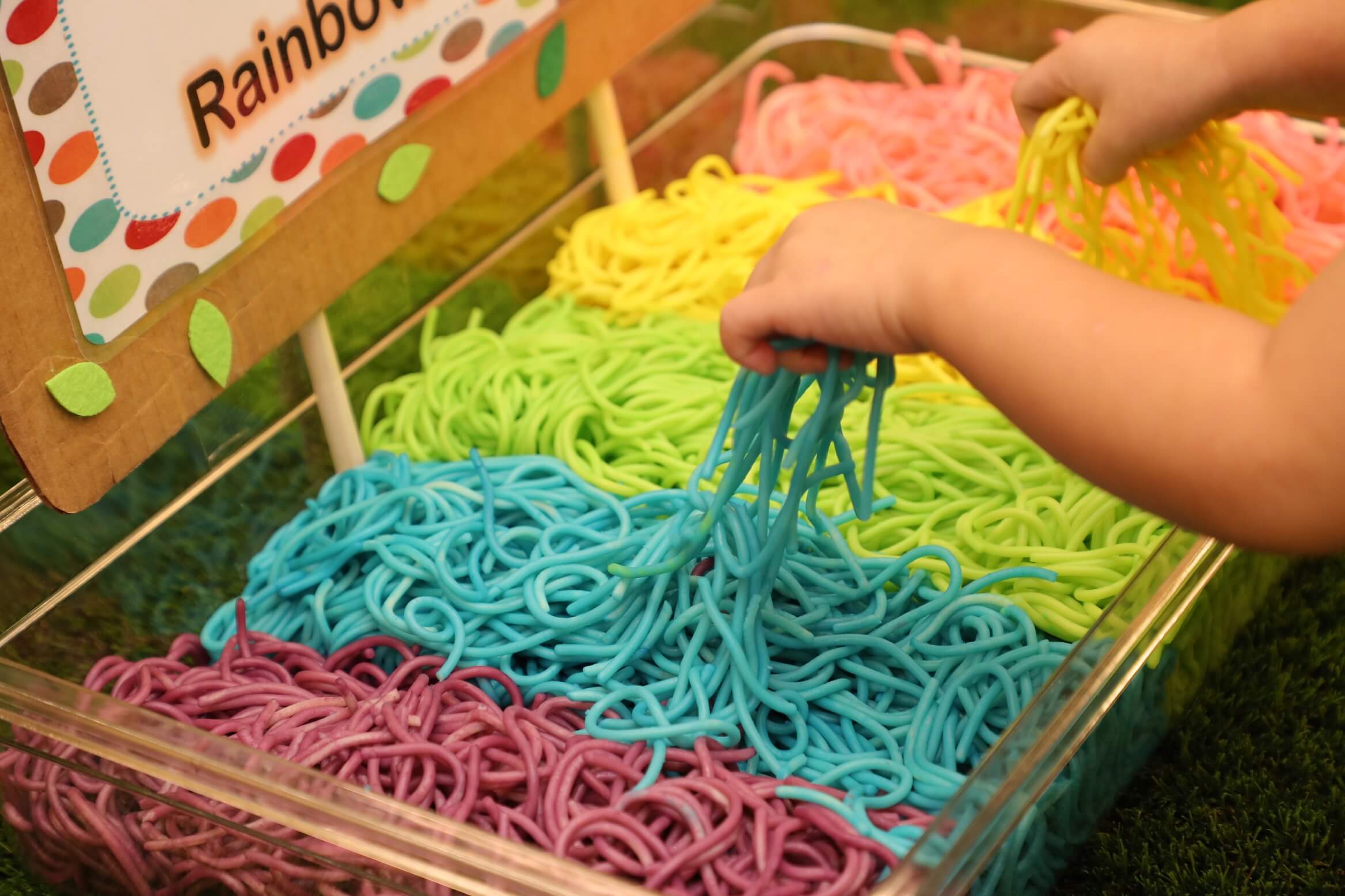
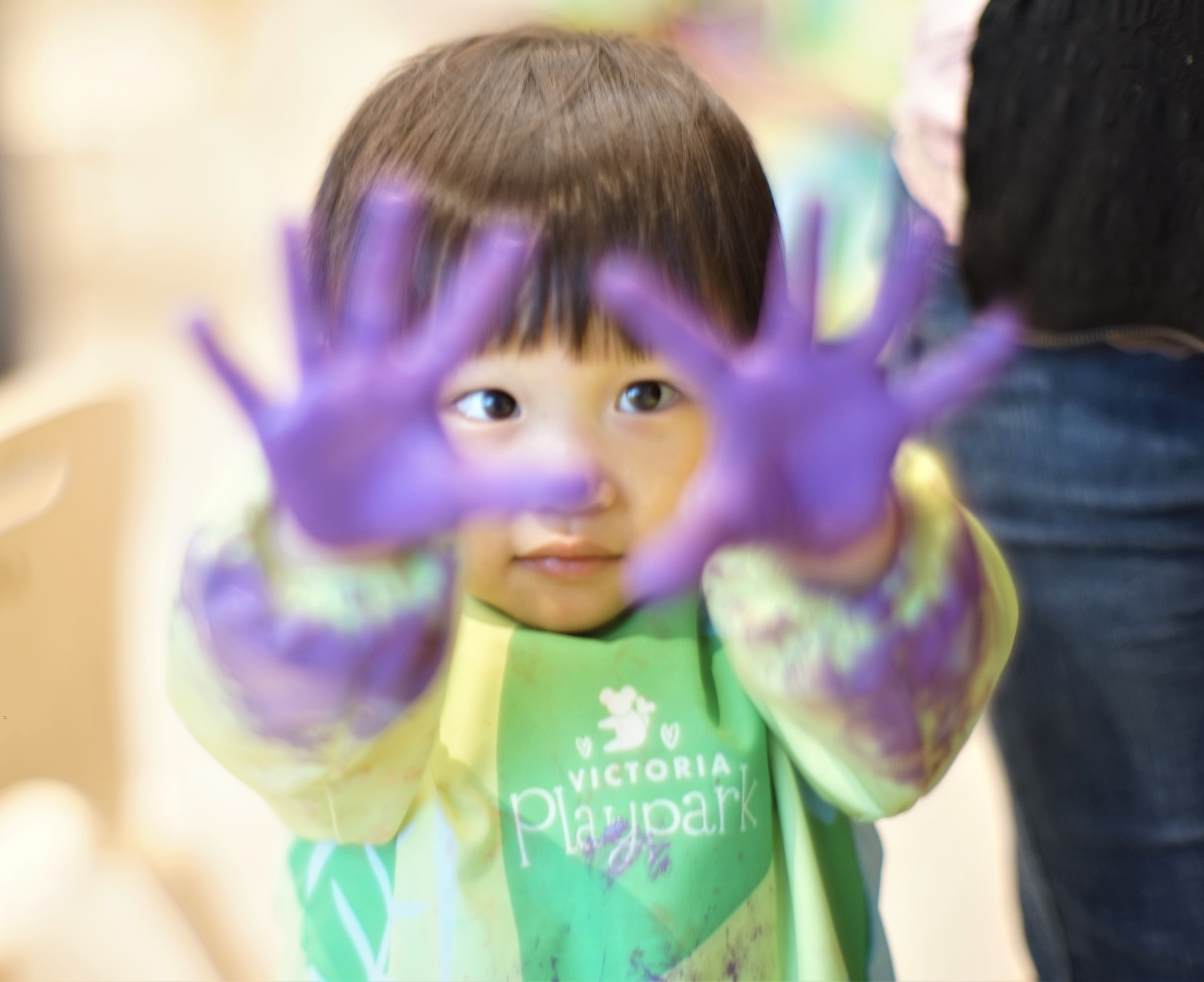



Recent Comments